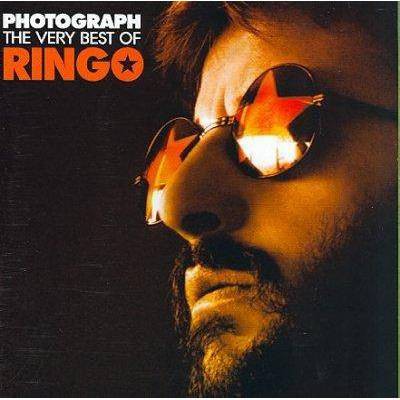The Photograph the Photograph the Photograph - by Mary Price (Paperback)
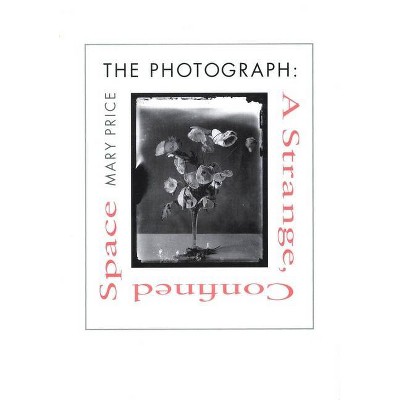
Similar Products
Products of same category from the store
AllProduct info
<p/><br></br><p><b> About the Book </b></p></br></br>This richly evocative study of photography emphasizes that the language of description (be it title, caption, or text) is deeply implicated in how a viewer looks at photographs, and that the use of a photograph determines its meaning.<p/><br></br><p><b> Book Synopsis </b></p></br></br>This richly evocative study of photography emphasizes that the language of description (be it title, caption, or text) is deeply implicated in how a viewer looks at photographs, and that the use of a photograph determines its meaning.<p/><br></br><p><b> From the Back Cover </b></p></br></br>"This dense, subtle, provocative book considers the question of how photographs mean in relation to the uses made of them. Unlike most critics of photography, Price makes language a subject vital to her deliberations. . . . The book builds a complicated argument about the nature of meaning and about relations between word and image, image and viewer."--Patricia Meyer Spacks, University of Virginia<br>"In this serious, densely textured meditation on photography (which is a study of meanings, value, and discourse as well), Price writes jargon-free prose full of wit, insight, and grace. Besides discussing photographs in their various settings, she studies the use of photographs in literary works by such writers as Proust, Lowell, Barthes, and Musil. . . . Price maintains that 'photographs without our appropriate descriptive words are deprived and weakened, ' and she illuminates her idea of the photograph by enlarging on metaphors such as mask, language, and aura, the last a concept introduced by Walter Benjamin, one of the book's guiding figures. We learn much about the early practitioners of photography. (Price's analysis of Julia Margaret Cameron, whose work she studies alongside a painting by Rembrandt, is worth the price of the book.) And as an aesthetician, Price is interested in such questions as moral values (she disagrees with Sontag's condemnation of photography), authenticity, and how the mechanical aspects of the art condition the way we approach it."--Choice<p/><br></br><p><b> Review Quotes </b></p></br></br><br>In this serious, densely textured meditation on photography (which is a study of meanings, value, and discourse as well), Price writes jargon-free prose full of wit, insight, and grace. Besides discussing photographs in their various settings, she studies the use of photographs in literary works by such writers as Proust, Lowell, Barthes, and Musil. . . . Price maintains that 'photographs without our appropriate descriptive words are deprived and weakened, ' and she illuminates her idea of the photograph by enlarging on metaphors such as <i>mask, language</i>, and <i>aura</i>, the last a concept introduced by Walter Benjamin, one of the book's guiding figures. We learn much about the early practitioners of photography. (Price's analysis of Julia Margaret Cameron, whose work she studies alongside a painting by Rembrandt, is worth the price of the book.) And as an aesthetician, Price is interested in such questions as moral values (she disagrees with Sontag's condemnation of photography), authenticity, and how the mechanical aspects of the art condition the way we approach it.--<i>Choice</i><br><br>This dense, subtle, provocative book considers the question of how photographs <i>mean</i> in relation to the uses made of them. Unlike most critics of photography, Price makes language a subject vital to her deliberations. . . . The book builds a complicated argument about the nature of meaning and about relations between word and image, image and viewer.--Patricia Meyer Spacks "University of Virginia"<br>
Price History
Price Archive shows prices from various stores, lets you see history and find the cheapest. There is no actual sale on the website. For all support, inquiry and suggestion messagescommunication@pricearchive.us
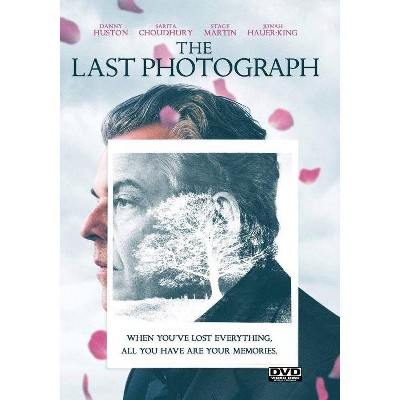
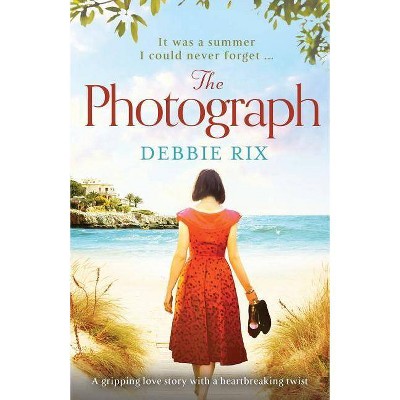
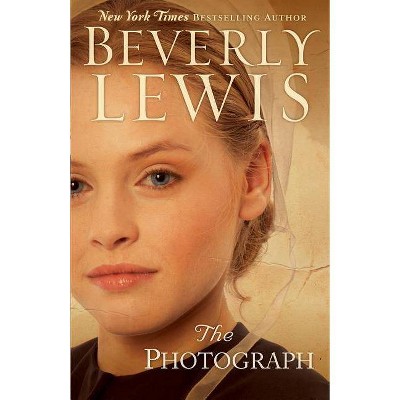
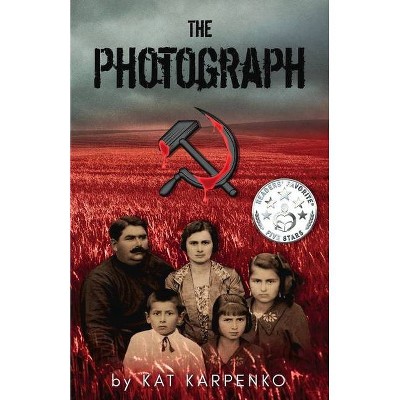
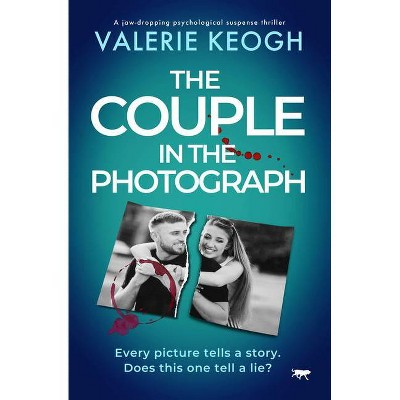
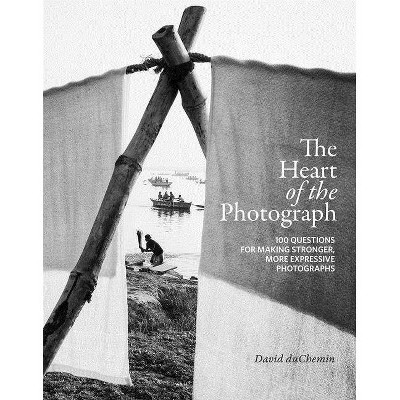
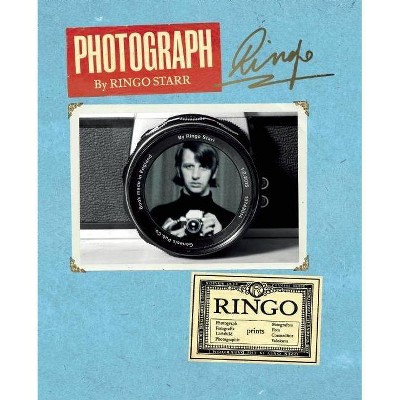
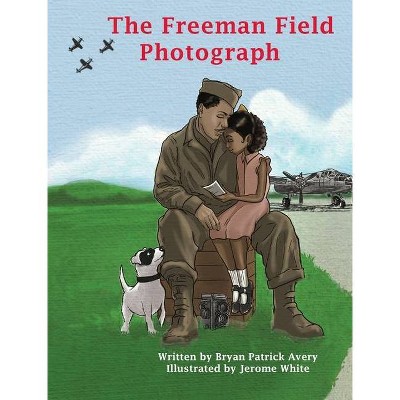
![The Photograph [Includes Digital Copy] [Blu-ray/DVD] [2020]](https://pisces.bbystatic.com/image2/BestBuy_US/images/products/6404/6404262_so.jpg)
